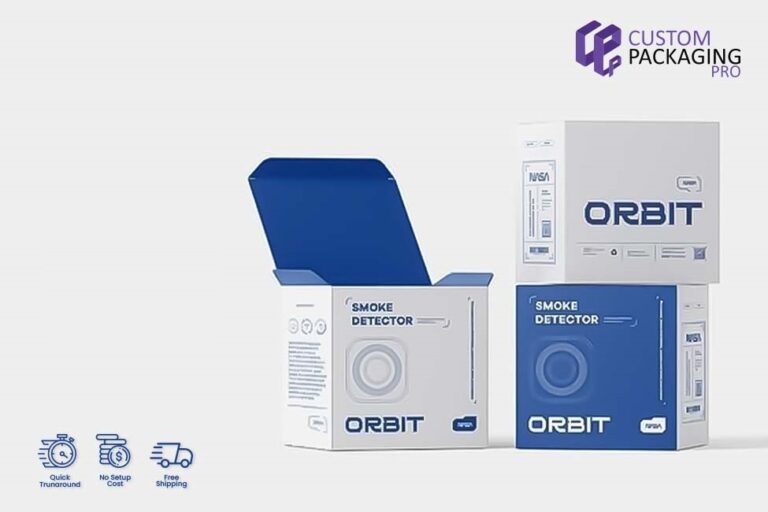The Indian economy has seen a major boost because of the micro, small and medium enterprises. MSMEs contributed around 30.5% of the total GDP for the 2019-20 financial year, alone thus pushing the government to keep introducing supportive policies and MSME loans for the development of MSMEs.
MSME Loans: A Detailed Guide
MSMEs are micro, small and medium enterprises that are primarily involved in the production, processing and manufacturing of goods and commodities. These enterprises were given an official term by the government in 2006 by introducing the Micro, Small and Medium Enterprises Development Act.
MSMEs, as the name suggests, operate with limited capital. This often poses operational challenges and hampers their growth. Understanding these challenges the government introduced MSME loans to help these enterprises grow to their full potential.
Today, these loans are offered by several banks, government agencies and non-banking financial institutions at competitive interest rates and a seamless approval procedure.
There are different types of MSME schemes initiated by the government, including:
- Pradhan Mantri Mudra Yojana:
Introduced by the government on 8th April 2015 to fund the growth of MSMEs.Under this scheme, the loan is given under three categories.- Shishu- Loan up to ₹50,000
- Kishore- Above ₹50,000 and upto ₹5 lakhs
- Tarun- Above ₹5 lakh and up to ₹10 lakhs.
- Prime Minister’s Employment Generation Programme:
This scheme was introduced by merging Prime Minister’s Rojgar Yojna (PMRY) and Rural Employment Generation Programme (REGP) to generate employment, particularly for the youth and traditional artisans through MSMEs.
Features of MSME Loans
Let’s take a look at the features of an MSME loan that fuel growth without tangling an enterprise with months of documentation:
- Flexible Loan Amount
Financial institutions are offering a flexible bracket for MSMEs to provide ease of choosing what serves the demand. For instance: At Lendingkart MSMEs can benefit from loan amounts ranging from ₹50,000 to ₹35 lakhs.
- Online Application and Verification
The MSME loan application process is designed for a seamless experience featuring quick document approval while sitting in the comfort of your home.
- Quick Disbursal
MSME business loans were introduced with the sole goal of removing economic obstacles for these enterprises and therefore financial institutions promise quick disbursal of the loan amount once approved.
Understanding the Difference between MSME and Business Loans
To begin with, a business loan is the amount taken by a company or business owner to expand their stand in the market by funding their marketing, introducing new products and so on.
Here’s how an MSME loan is different from a business loan:
- Purpose Served
An established company or business owner typically takes a business loan for expansion whereas an MSME loan is for micro, small or medium enterprises entrepreneurs.
- Interest Rates
Business loans are provided at a lower interest rate than an MSME loan and this is simply because MSME loans are unsecured loans, in most cases.
- Eligibility Criteria
The eligibility criteria for business loans are typically more stringent and can take a longer document verification process, whereas MSME loans are instant and require minimal documentation.
Summing Up
A business and MSME loan often overlap in our head but there are major differences stemming from the purpose, tenure, interest rates and eligibility criteria.
While applying for an MSME loan make sure to choose a reliable lender like Lendingkart that believes in fueling the growth of your enterprise by offering seamless, flexible and instant loans.







